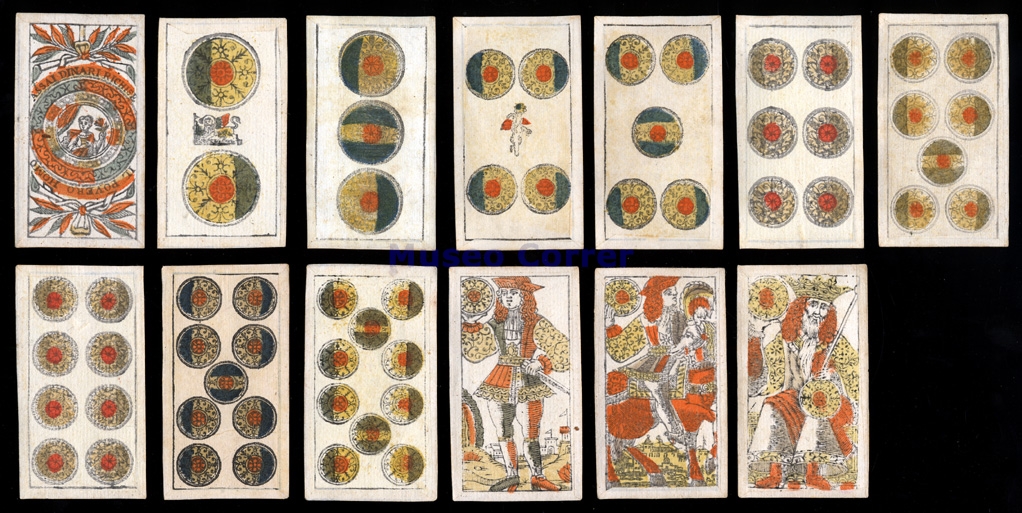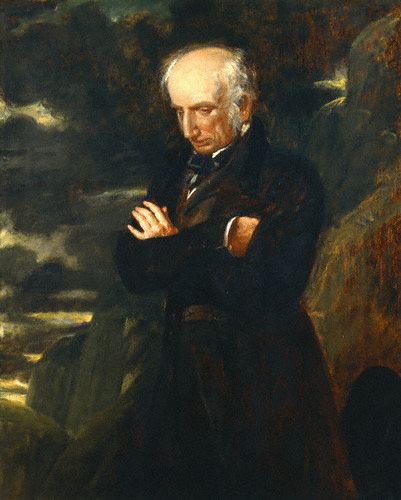To celebrate A Flight of Fancy, we’re running a special week-long contest. Starting October 5, 2012, through next Friday, October 12, we’ll feature Regency quiz questions at the end of each post. To enter the contest, you’ll need to correctly answer the questions in the comment section below. For every correct answer, your name will be added into the drawing for a Regency Food and Frolic gift basket. There will be five questions in all, which means your name can be entered up to five times (if you get all five questions right). The deadline to answer ALL CONTEST QUESTIONS will be Saturday, October 13 at midnight.
A Flight of Fancy has a heroine who would be considered a nerd nowadays. For fun, she reads Greek and Hebrew, translates ancient documents into English, and executes mathematics. She regrets not being able to go to university, but since she cannot, she determines to make her mark on the world through creating a balloon one can steer.
Balloons could not be steered except per the caprices of the wind currents. These change at various heights of the atmosphere, so a balloonist had to raise and lower the gas—hydrogen—level in the balloon to affect their direction. Sometimes it worked and sometimes it did not. Usually it did not. Sails and paddles were employed in an attempt to create steerage to greater or lesser success—mostly lesser.
Considering one had to go aloft with live fire to create the hydrogen, and the car or basket was not all that large, limiting the quantity of fuel, long journeys in a balloon without touching down were simply not possible. Decades later, Jules Verne’s book, Around the World in 80 Days, was considered fantasy. It was the science fiction of its day. (He is, of course, the founder of steam punk, a steam punk author told me.) But I digress.
How grand getting from London to Lisbon, sailing over the heads of the French enemy, sailing high enough to be out of range of their guns, would be! Much safer from the enemy than taking a ship.
Unfortunately, steering was the first problem with long-range travel, and having enough fuel to keep gas in the balloon was another problem.
It doesn’t mean people did not attempt, and come close, to sailing long distances. Sophie Blanchard, a famous French balloonist, sailed across the Alps. No problem. Balloons could go extremely high; therefore, getting over the mountains was not a problem for her. She was also not sailing over enemy territory, being French.
During the Regency, Mr. Sattler decided to fly from Ireland, across the Irish Sea, and to England. He did so with great success. Several times, he had to raise and lower his level to catch favorable currents, but the coast of Cumberland drew into his sites.
So he decided to go down to Liverpool, and that’s when he ran into trouble. He caught a strong current. The waxed canvas tubing that carried the hydrogen from the beaker of acid and iron shavings, to the balloon, began to tear away from the balloon, causing him to lose altitude at an alarming rate.
Mind you, he reports that he was around three miles in the sky. Plunging from that height would have been rather frightening, not to say deadly.
With great risk to life and limb, he managed to affect repairs while poised above a live fire and that beaker of acid and iron shavings to make the hydrogen. I won’t say how because I use this incident for the basis of an important scene in A Flight of Fancy.
Mr. Sattler ended up in the sea near Liverpool. A flock of sea birds attacked him for the food he had carried with him, and several ships sailed past him. Eventually, as night fell, a naval vessel stopped and picked him up.
That Lord Whittaker is against Cassandra going aloft in a balloon makes a great deal of sense. Men and women, including Sophie Blanchard, died because of their fascination with taking to the sky in a balloon. Cassandra, however, is like thousands of men and women throughout history, who risked their fortunes and their lives to bring us new inventions and scientific discoveries—she will not let the danger stop her from trying to improve balloon flight and make it a practical form of transportation.
For more details on how balloonists made hydrogen and why they went aloft with a live fire, read my article at: http://englishhistoryauthors.blogspot.com/
Today’s questions:
1: How did aeronauts steer a balloon?
A: They used sails.
B: They used paddles.
C: They used wind currents.
D: They used the balloon itself.
2: Which of the following was not used to make hydrogen for the balloon.
A: Fire
B: Acid
C: Wax
D: Iron
This contest is now closed. Please see the final post for answers to the trivia questions.
Originally posted 2012-10-08 06:00:00.




















 known as the pelisse. What is that? From the context in which it is found, it is pretty obvious that it is a type of coat. But what type? Why does it have a special name and what are the specifics?
known as the pelisse. What is that? From the context in which it is found, it is pretty obvious that it is a type of coat. But what type? Why does it have a special name and what are the specifics? closest we see in the current era would be a dressy two-piece outfit of sheath dress and matching evening coat. In future posts, I will be covering Spencers, shawls and reticules and how they related to the lives and wardrobes of Regency ladies. I welcome your requests of fashion-related topics you would like me to address … and if you know what Pomona green is, do let me know.
closest we see in the current era would be a dressy two-piece outfit of sheath dress and matching evening coat. In future posts, I will be covering Spencers, shawls and reticules and how they related to the lives and wardrobes of Regency ladies. I welcome your requests of fashion-related topics you would like me to address … and if you know what Pomona green is, do let me know.






 The religion of nature
The religion of nature